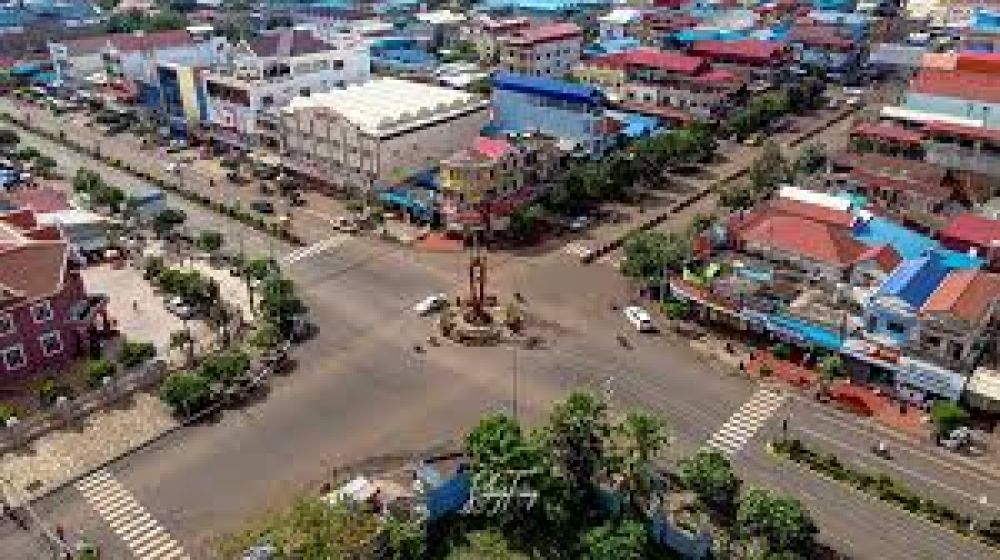

Voeun Sai District in Ratanakiri Province, nestled within the northeastern part of Cambodia, has slowly been etching its place on the map as a unique and captivating tourist destination. The region's history of tourism is relatively young compared to other more established locales, marking its beginnings in the international scene in the early 2000s.
Ratanakiri Province, of which Voeun Sai is a part, has long been known among adventurous travelers for its untouched natural landscapes and the rich cultural mosaic of indigenous communities, known collectively as the Khmer Loeu. However, it wasn't until road conditions improved and political stability was re-established in the late 1990s that the area began to see an incremental influx of tourists.
Initial tourism in the Voeun Sai District was driven by intrepid backpackers and eco-tourists drawn by the allure of the remote and the authentic. Homestays and small-scale eco-lodges began to sprout, offering visitors a chance to experience the daily lives of the locals and explore the pristine environment of the district, which includes the magnificent Virachey National Park.
With a growing global interest in sustainable and off-the-beaten-path travel experiences, Voeun Sai witnessed a slow but steady development of its tourism infrastructure. Local authorities, recognizing the potential of tourism as a means of economic development, have taken steps to promote responsible and eco-friendly tourism practices while preserving the natural and cultural heritage of the area.
A pivotal component of Voeun Sai's tourism offering is its emphasis on cultural immersion and community-based tourism. Travelers are invited to engage with local communities, such as the Kachok or the Lao-speaking communities that inhabit the banks of the Sesan River. These interactions allow for a deeper understanding of the customs, traditions, and way of life of the indigenous peoples, providing a more meaningful travel experience.
In recent years, Voeun Sai has seen a developing trend towards holistic travel experiences, with tourists seeking opportunities for mindfulness, wellness, and personal growth alongside traditional sightseeing. The emphasis on sustainability and ethical travel choices has also become more pronounced, reflecting a global shift in traveler consciousness.
Moreover, adventure tourism continues to thrive, with opportunities for trekking, wildlife watching, and even participating in conservation projects. Tourists are increasingly interested in activities that allow them to contribute to the preservation of the environment and the wellbeing of local communities.
The global travel restrictions imposed due to the COVID-19 pandemic have undoubtedly impacted tourism in Voeun Sai, as they have worldwide. However, the district, much like the rest of Cambodia, is poised for a revival as borders reopen and travel resumes. There is a sense of optimism that the intimate nature of tourism in Voeun Sai, with its focus on small groups and sustainable practices, will be appealing in the post-pandemic travel landscape.
Looking to the future, Voeun Sai aims to balance growth with sustainability, ensuring that tourism remains a force for positive development without compromising the ecological and cultural integrity that makes it such a special place for visitors from around the globe.